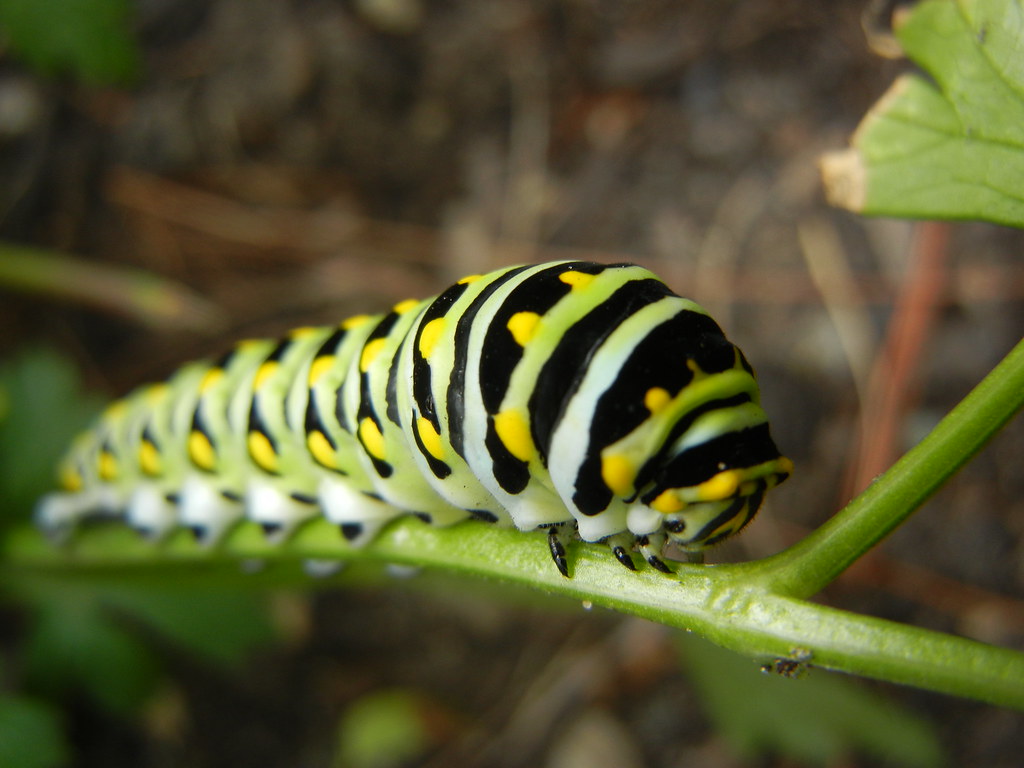Dinosaurs may be among the only creatures, extinct or not, that are just about everywhere you see. Movies, cartoons, TV shows, toy stores, storybooks, science, and songs, just to name a few.
Kids, teens, adults, and even older people are fascinated by Dinosaurs. What is it about these creatures that fascinate people so much that several industries have massively profited from people's interest?
Let's find out what makes these creatures so fascinating.
Origin of "Dinosaur"
The word dinosaur was invented by Sir Richard Owen back in 1852. Dinosaur is a combination of two Greek words, deinos and sauros. Deinos stands for terrible, and sauros means lizard. So, these creatures were once taught to be "terrible lizards," which is something not many people knew about them.
The first dinosaur bones were discovered in 1677 by Robert Plot. However, he simply guessed that the bones belonged to a massive human being. It wasn't until many years later that William Buckland correctly identified the remains.
How are Dinosaur Remains Scattered across the Planet?
Dinosaurs existed in a period so early that continents and islands were all one land called Pangea. Because there was one land, not separated by oceans, seas, and bodies of water, the Dinosaurs were scattered all across the globe.
Once this massive land named Pangea separated, the Dinosaurs were divided all over the world.
But, Why Are They More Famous Than Any Other Extinct Creature?
So far, over 700 different species of Dinosaurs have been discovered. And paleontologists strongly believe that there are many more species waiting to be found and studied. After all, these creatures lived and prospered for around 165 million years.
However, they were long gone before Homo sapiens, the modern humans, first made their mark on the planet. No matter how much experts may want to try, the original Dinosaurs can never come back. It is impossible.
It is the fact that no one has actually seen a dinosaur, and there are no ancient drawings of these creatures is fascinating. Dinosaurs are everywhere and, at the same time, nowhere.
People are making movies about where these creatures are brought to life, and they are depicted as scary and violent, but some are shown as sweet and sensitive. On another side, there is a cartoon about people living in the early days and keeping Dinosaurs as their pets while happily living alongside them.
There are even dinosaur costumes and outfits that people wear. Not only the people who buy them from
Only Dinosaurs for Halloween, but a famous American TV series called "Barney" ran for 14 seasons. It had kids along with their families singing about how Dinosaurs can be their friends.
These creatures were the most successful land animals to have ever lived and may even be the most diverse. But they no longer exist to object to anyone's interpretation of them.
They can be whatever the people make them. Whether it's a scary dinosaur on the big screens or a chicken nugget in the shape of a dinosaur, it is the fact that their existence is not physical and can be controlled by the people is why they are still
fascinating today.
















































